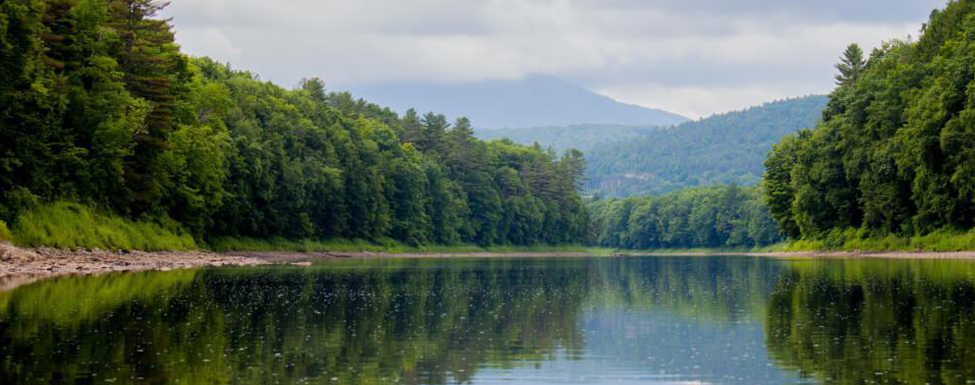Housatonic Heritage
Wonders Revealed
When the Upper Housatonic Valley National Heritage Area was first conceived in the opening years of the 21st century, it took as its goal boosting the region’s economy and enhancing the quality of historical, cultural and natural attractions through increased collaboration.
To that end, even before the Heritage Area had received formal Congressional approval, it was already planning events to introduce people to the myriad of attractions to be found within its 29-mile-long corridor, stretching from Lanesboro MA to Kent CT.
The Upper Housatonic Valley boasts more than 50 sites listed on the National Register of Historic Places. The many historical, cultural and natural treasures in the region also include National Historic Landmarks and National Natural Landmarks:
“We were told early on that if we wanted to become a National Area, we had to act like one,” said Housatonic Heritage Executive Director Dan Bolognani. “So, even before we had Congressional approval we were doing things like the Heritage Walks.”
The heritage area, itself, received its stamp of approval from Congress in 2008, becoming a partner of the National Park Service but the Heritage Walks date back 17 years and have grown steadily. “It started small, but has grown mightily over the years,” Bolognani said. “We’ve had so many comments from folks saying there were different walks they wanted to go on that overlapped, we have spread it out over four weekends this year.”
This year, the walks will be held on September 8 and 9, 15 and 16, 22 and 23 and 29 and 30.
Many of the walks staged each year are perennial favorites, while new areas of interest are unearthed and added each year. “Generally, we begin in February and March,” Bolognani said. “We have the perennial walk leaders and we approach and ask them for a walk they have done or if they have a new topic. Then, during the year, we come across people and places that are deserving. These walks give our heritage partners a chance to promote themselves. And the underpinning is that all of these events are free and open to the public—which gives the public the opportunity to learn more about the region.”
Included in the walks and tours are a wide variety of topics including history organizations, cultural institutions and natural resources, all presented by authors, historians, educators and the like.
While most of the opportunities are clustered within the Housatonic watershed, Bolognani said a few are outside of it. “For a few, we cast our net a bit wider when we needed to, to fully tell a story,” he said.
He said the tours include walking, bicycling and canoeing trips, but also tours of historic buildings. “The walks should appeal to a broad audience,” he said. “There is pretty much a walk for every physical ability. Some of the trail walks are very easy, and some of the historic walks may be in just a building, more of a tour than a walk.”
Participating in the walks will give visitors deeper insight into the people and events that have made the region what it is today. In the northern regions they can learn more about the Shakers, walk along an old mill trail, tour a grand movie “palace” of the Golden Age of Film, follow in the footsteps of the earliest settlers in Monterey MA, explore a landscape created by the Civilian Conservation Corps during the Great Depression or hike to a unique geologic feature known as the ‘Richmond Boulder Train’.
Farther south, they can participate in activities such as an Art Walk, explore nature preserves, tour an early Mission House built to spread the gospel to Stockbridge Indians, explore a historic quarry, engage in a community bike ride in Stockbridge MA, observe an anaerobic methane digester that converts cow waste into clean energy or learn of the rise and fall of the Ames Iron Works, provider of many of the cannons used in the Civil War.
Other activities include a tour of the gardens and landscape at Edith Wharton’s historic home in Lenox, a paddling trip on the Housatonic, walks along a riverside trail in Cornwall CT or gaining insight into the architecture and histories of Great Barrington, Lenox, Pittsfield, Sheffield or West Stockbridge MA.
Participants can learn about old-growth white pine, the fate of the chestnut tree, fungi and wild edibles. There will be a discussion of the effect of Balance Rock on Herbert Melville’s writing, Native American history, the Western Massachusetts legacy of W.E.B. DuBois, the hidden history of Charles Finney, the Father of American Revivalism and much more.
For a complete listing of all “walks” and their times and places, please visit the link below.


